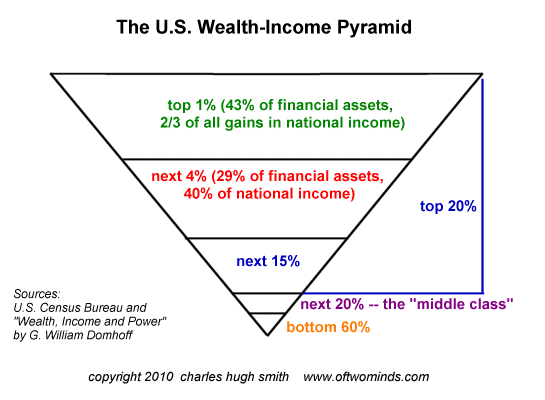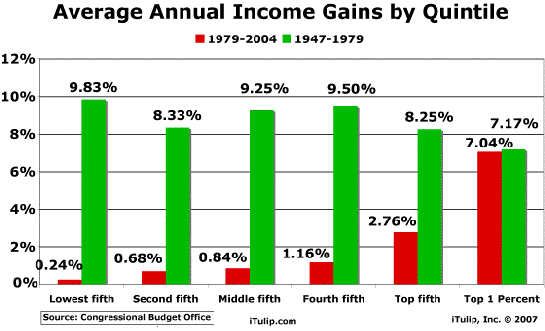Where's the Collateral?
A sound system of credit is built on collateral. A doomed system of debt sits precariously on phantom collateral.


European banks do not have enough money for deposit redemptions (people withdrawing their cash from the banks) and the only way to get it is to have the European Central Bank (ECB) print money out of thin air thereby devaluing every euro, thereby destroying purchasing power (you get your money but it buys less).
And what collateral are the banks providing for these loans? The sovereign debt of countries that are insolvent. Why not sell the bonds to raise the capital that is rightfully owed to depositors so that they could receive their money at par? Why then bond prices would tumble and governments would be forced to borrow at much higher interest rates. But borrow from whom? Insolvent banks that must have money printed to give depositors their money back at a fraction of its worth from when they deposited it. Not due to market forces which indicate their labor is worth less but because everybody just wants what's rightfully theirs.
So to summarize this, the ECB prints money to buy the bonds of insolvent banks which are backed by the bonds of insolvent nations. The result of which is insolvent nations or in reality the people thereof are not only poorer, they are now responsible for paying back money that was their property to begin with... at interest.
New video presentation: Gordon T. Long and I discuss "Generational Cycles" (27 minute video with charts)
 Resistance, Revolution, Liberation: A Model for Positive Change (print $25)
Resistance, Revolution, Liberation: A Model for Positive Change (print $25)(Kindle eBook $9.95)
We are like passengers on the Titanic ten minutes after its fatal encounter with the iceberg: though our financial system seems unsinkable, its reliance on debt and financialization has already doomed it.We cannot know when the Central State and financial system will destabilize, we only know they will destabilize. We cannot know which of the State’s fast-rising debts and obligations will be renounced; we only know they will be renounced in one fashion or another.
The process of the unsustainable collapsing and a new, more sustainable model emerging is called revolution, and it combines cultural, technological, financial and political elements in a dynamic flux.History is not fixed; it is in our hands. We cannot await a remote future transition to transform our lives. Revolution begins with our internal understanding and reaches fruition in our coherently directed daily actions in the lived-in world.
| Thank you, Grace B. ($50), for your stupendously generous contribution to this site--I am greatly honored by your support and readership. | Thank you, Jerzy W. ($100), for your outrageously generous contribution to this site--I am greatly honored by your ongoing support and readership. |























